- What causes Distortion?
- Boost Pedals
- Overdrive Pedals
- Distortion Pedals
- Fuzz Pedals
- Which Drive Pedal Should You Buy?
What is distortion? You may have heard a lot of jargon surrounding distortion: like “gain” or “drive”. Technically speaking, distortion is a type of gain, and gain pedals can generally be categorised into 4 different types: Boost, Overdrive, Distortion and Fuzz. I will explain the differences and characteristics of each so that by the end of this guide, you’ll have a better understanding of which type of pedal to go for.
What causes Distortion?
It’s helpful to have a basic knowledge of how distortion works to work out what type of pedal is right for you, so let’s break that down. When you strum your guitar, the string vibrations are converted into electronic waveform signals by the pickups which are sent to your amp. Beyond a certain point an amp can no longer get louder as the waveforms get bigger. Once the waves exceed this point (known as the “headroom” of the amp), the peaks of the waves get squashed down, or “compress”.
It is this compression that causes distortion and how these waveforms are compressed will influence how your sound distorts. To get your clean signal to distort naturally from the amp may require you to turn the volume up far beyond a reasonable level. Distortion pedals can simulate this distortion at far more reasonable volume levels by using amplification and clipping circuits.
What is Clipping?
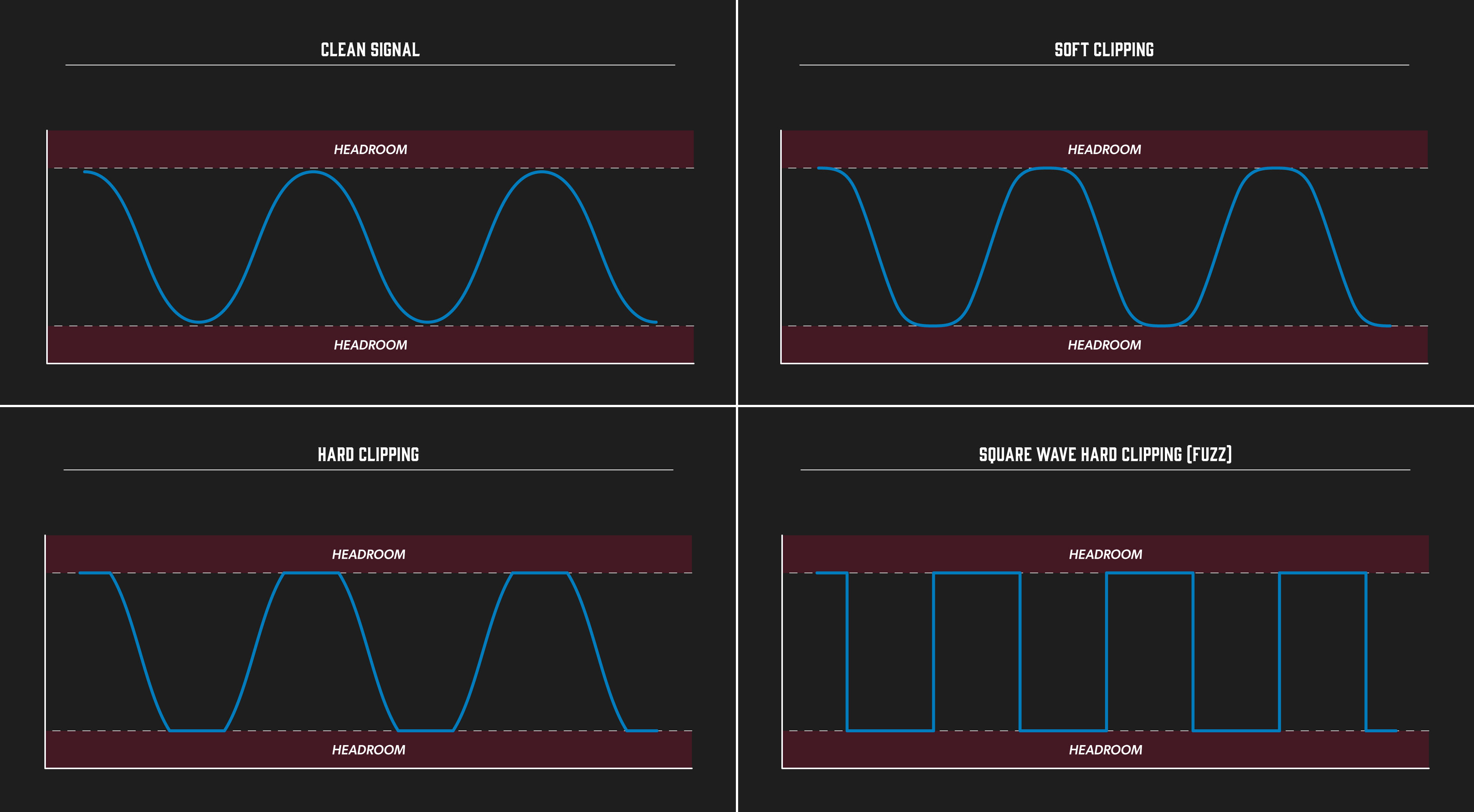
In gain pedals the circuits will clip the waveform as an amp would do past its headroom. There are essentially two types of clipping: “soft-clipping” and “hard-clipping”. This refers to how the peaks of the waveform are compressed, which affects how the distortion sounds. Soft-clipping will squash the peaks just as a cranked valve amp would, whilst hard-clipping will simply cut off the signal as it exceeds the headroom, which produces a more aggressive, harsh sound.
Generally speaking, overdrive pedals use soft-clipping to get an amp-like distortion that is dynamic and responsive. It will generally distort more the harder you strike the strings and it’ll clean up the softer you pick – this is great for jazz, blues, Americana and indie rock. Distortion pedals’ gnarlier hard-clipping is more immediately harsh regardless of your pick attack, so this might be useful in full-throttle hard rock and metal music.
There is another option: fuzz pedals amplify and clip the signal to such extremes that the waveform becomes a square-wave, which can sound fuzzy and woolly, or spitty and nasty, and it can get completely wild – it’s a very fun effect to sculpt! This has been used most prominently throughout the early days of rock music (think Jimi Hendrix tones), punk, doom metal, stoner rock and shoegaze.
Boost Pedals
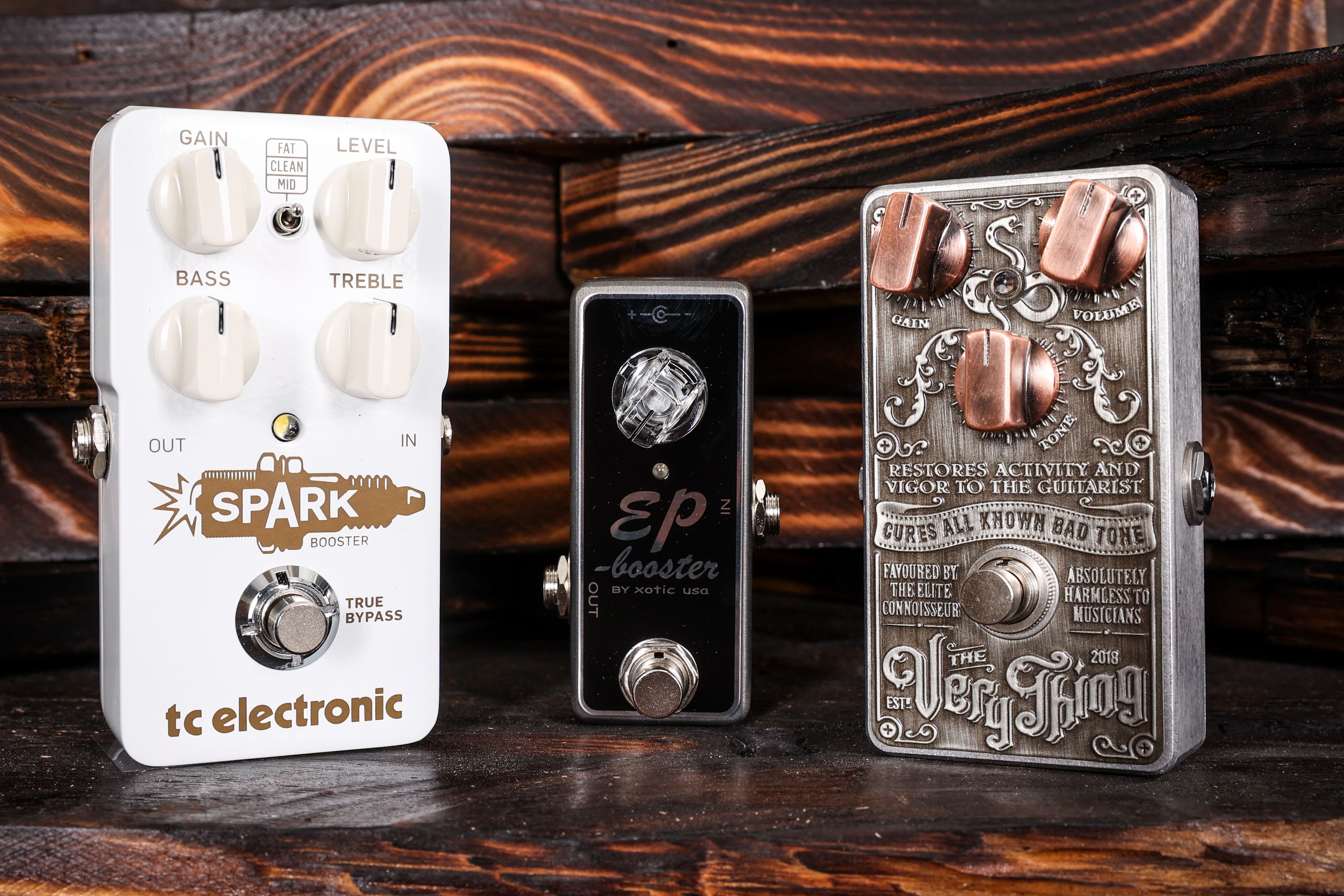
Unlike the other types of pedals on this list, boost pedals don’t contain any clipping. As the name suggests, it simply boosts the volume of your guitar going into your amplifier. But the way it interacts with valve amps or other types of gain pedals can be used in creative ways. Using a boost pedal into a valve amp can provide enough of a volume boost for the guitar signal to exceed the headroom of the valves, causing them to overdrive and bring out those sweet and crunchy classic rock tones. Into a solid-state amp or a very high-wattage amp, it will simply boost the volume without adding any appreciable amount of gain. This can be useful to bump up the volume of your guitar for a solo if you just need that extra volume to cut through the band mix.
Boost pedals can also be used in combination with other types of gain pedals to produce different gain levels – this is known as gain stacking, and is a great way to add more variation to your sound. Adding a boost pedal before another gain pedal such as an overdrive or distortion in your signal chain will produce more gain without much more volume. Placing it after a gain pedal will produce more volume without much increase in gain.
The Tone City All Spark is a popular boost because it is affordable and simple, as it only features three dials: fat, bright and gain. It’s also in a mini pedal, meaning it’ll fit snugly on your pedalboard. The Xotic SSB Super Sweet boost and EP boost are excellent midrange options that are simple to use but boasting outstanding quality components. The Jam Pedals Boomster is a great high-end option as you can set it either in true bypass or buffered mode – the latter keeping your guitar signal strong if it is passing through a lot of pedals before it reaches your amp.



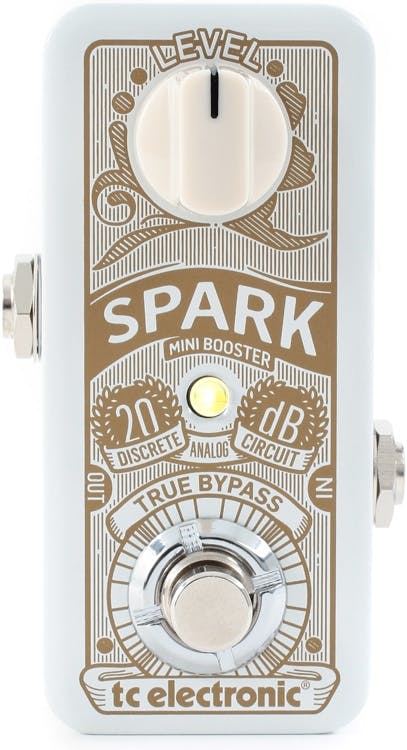

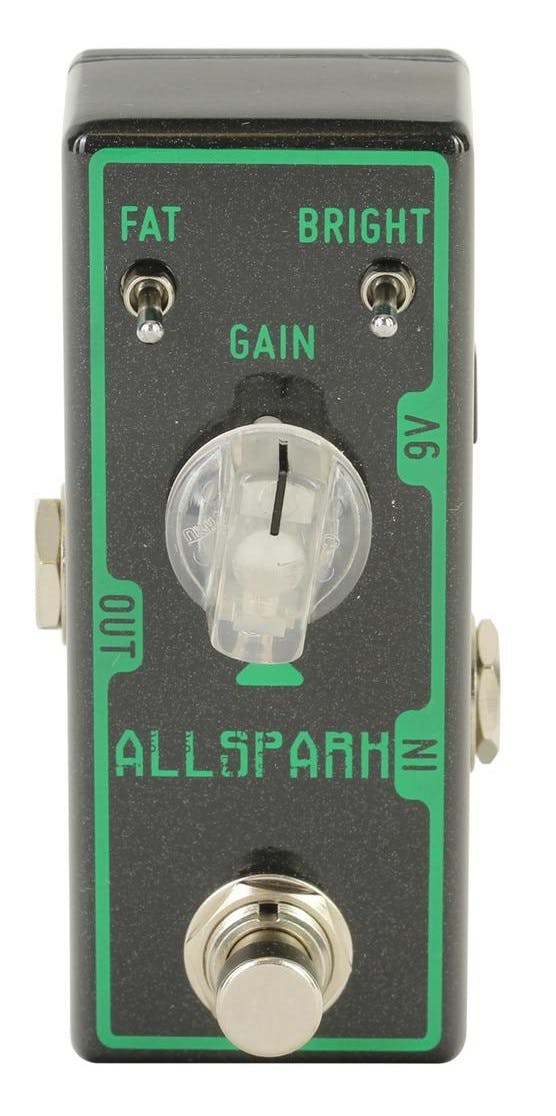
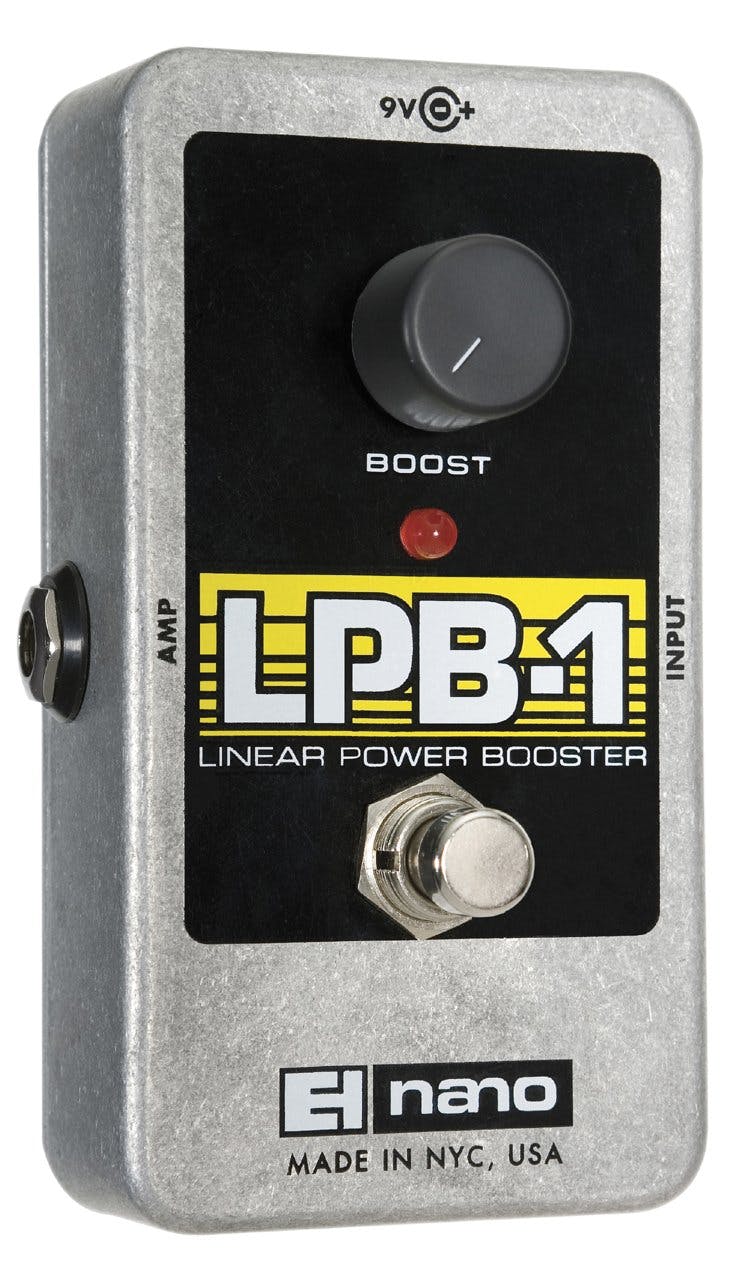
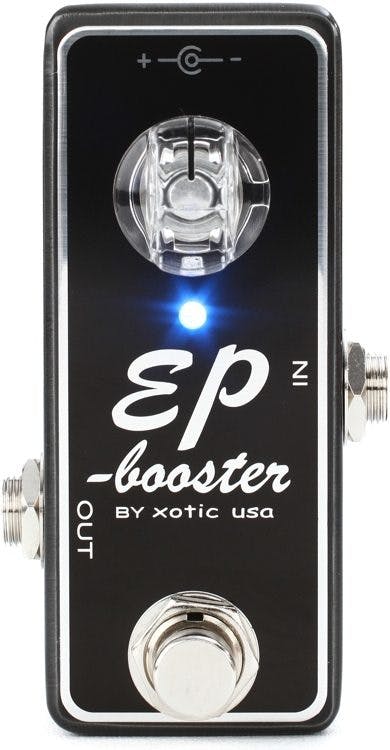
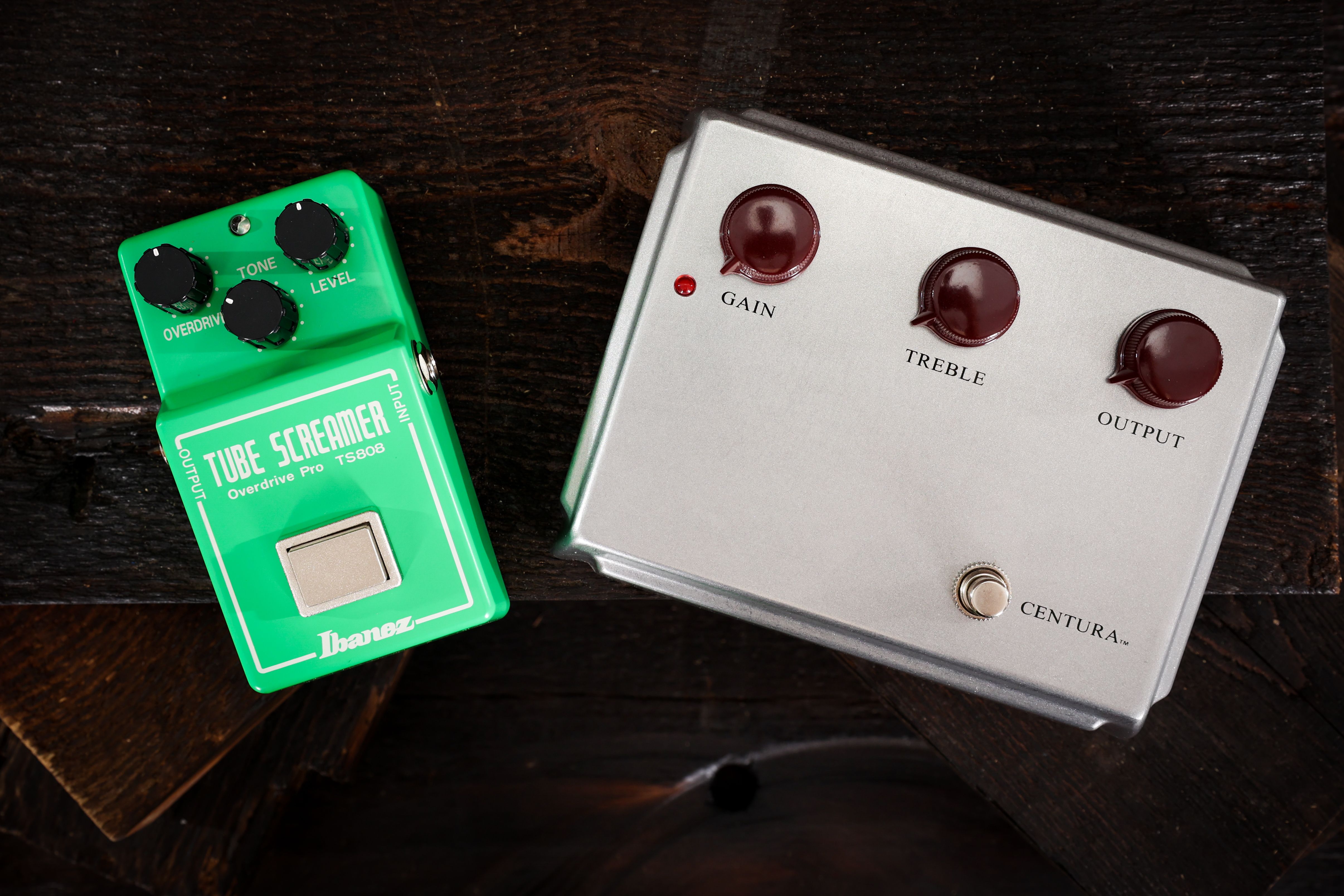
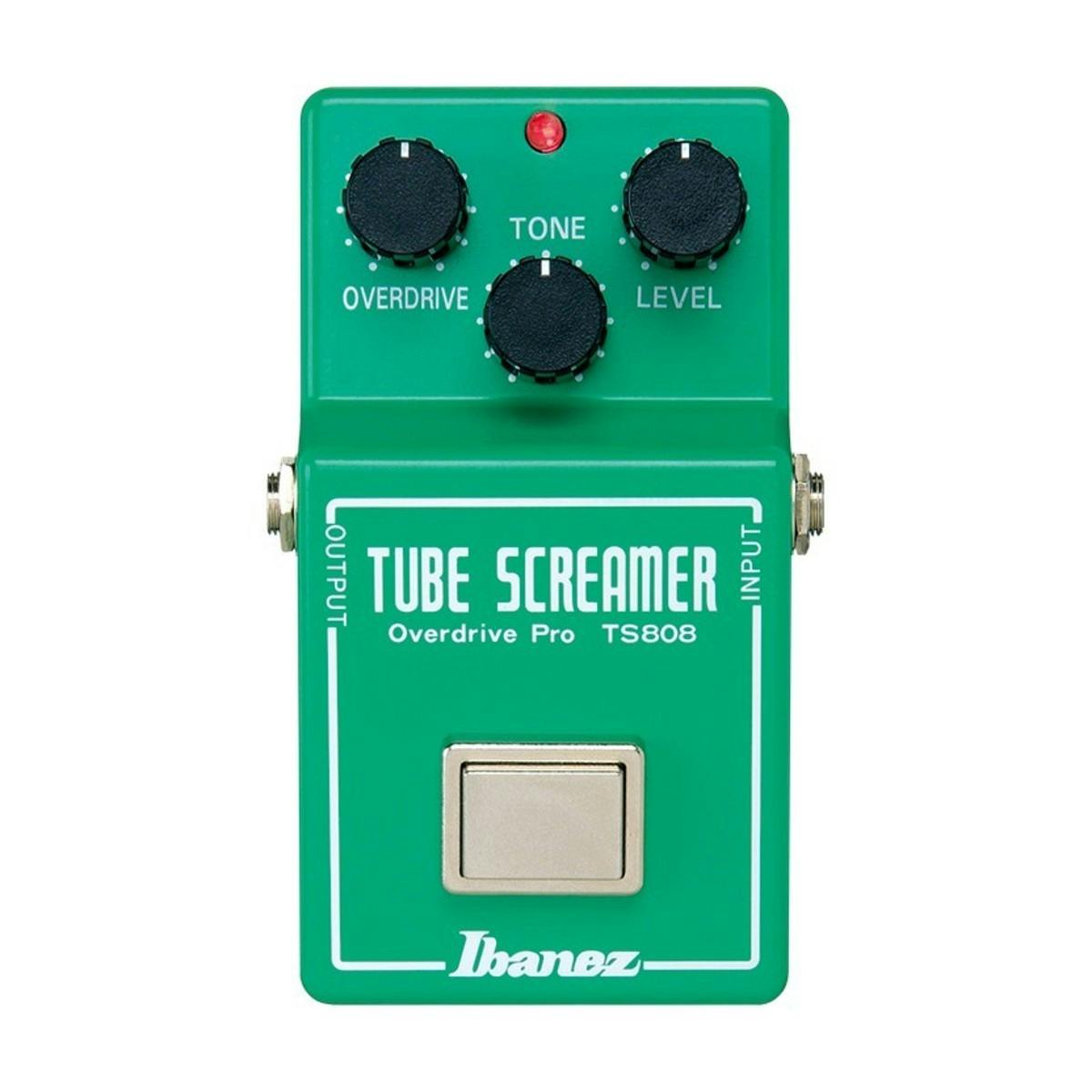
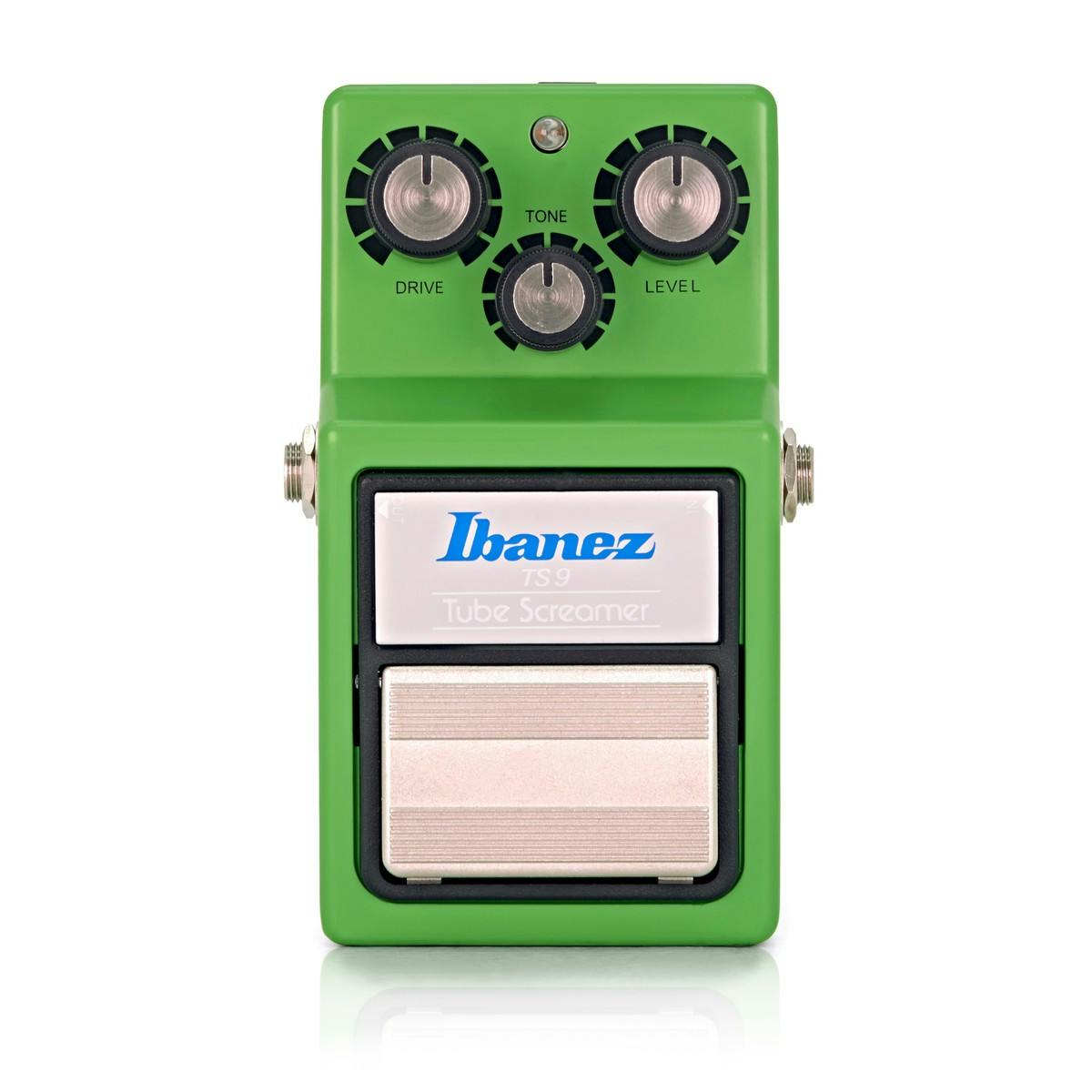
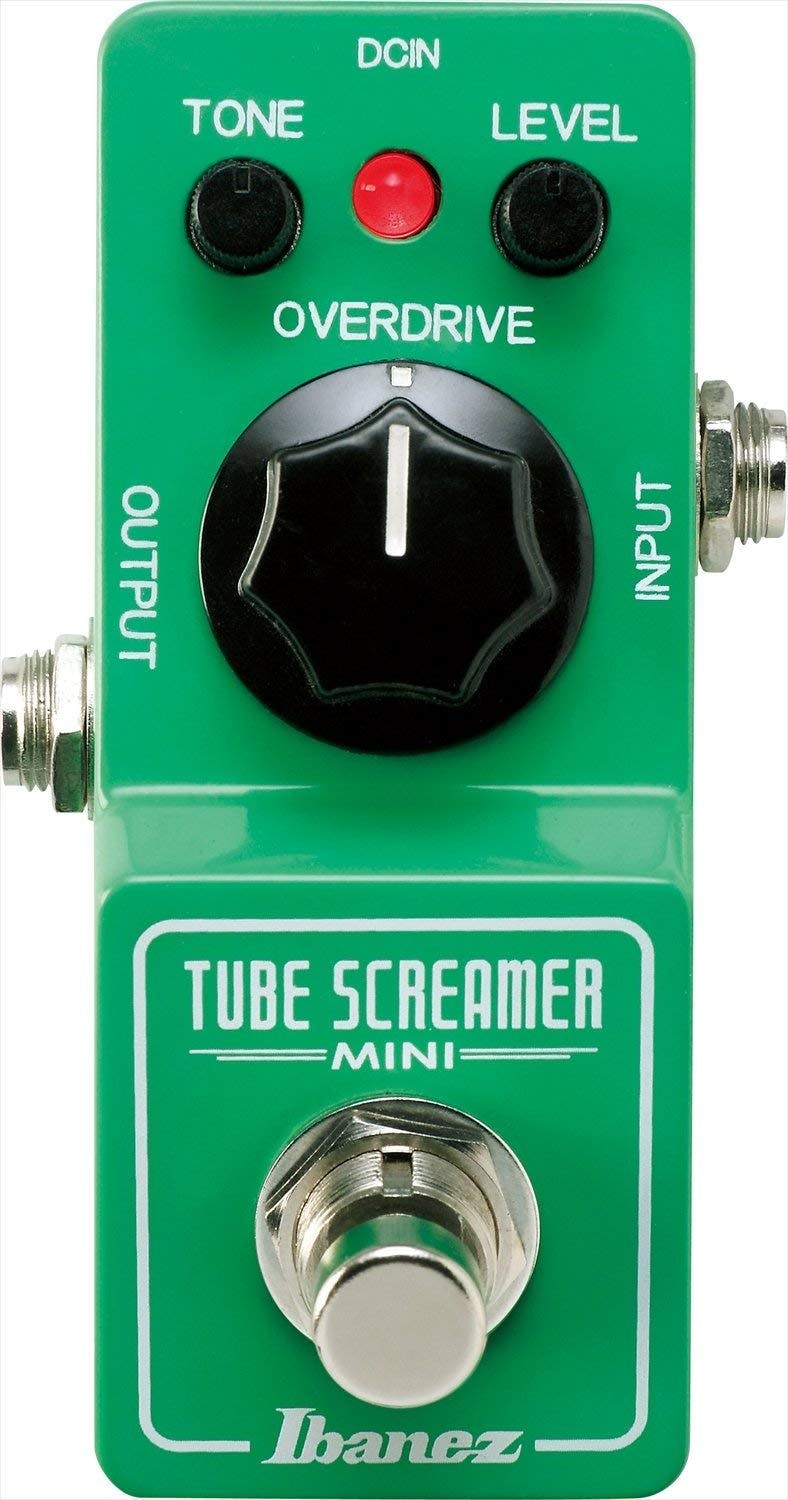


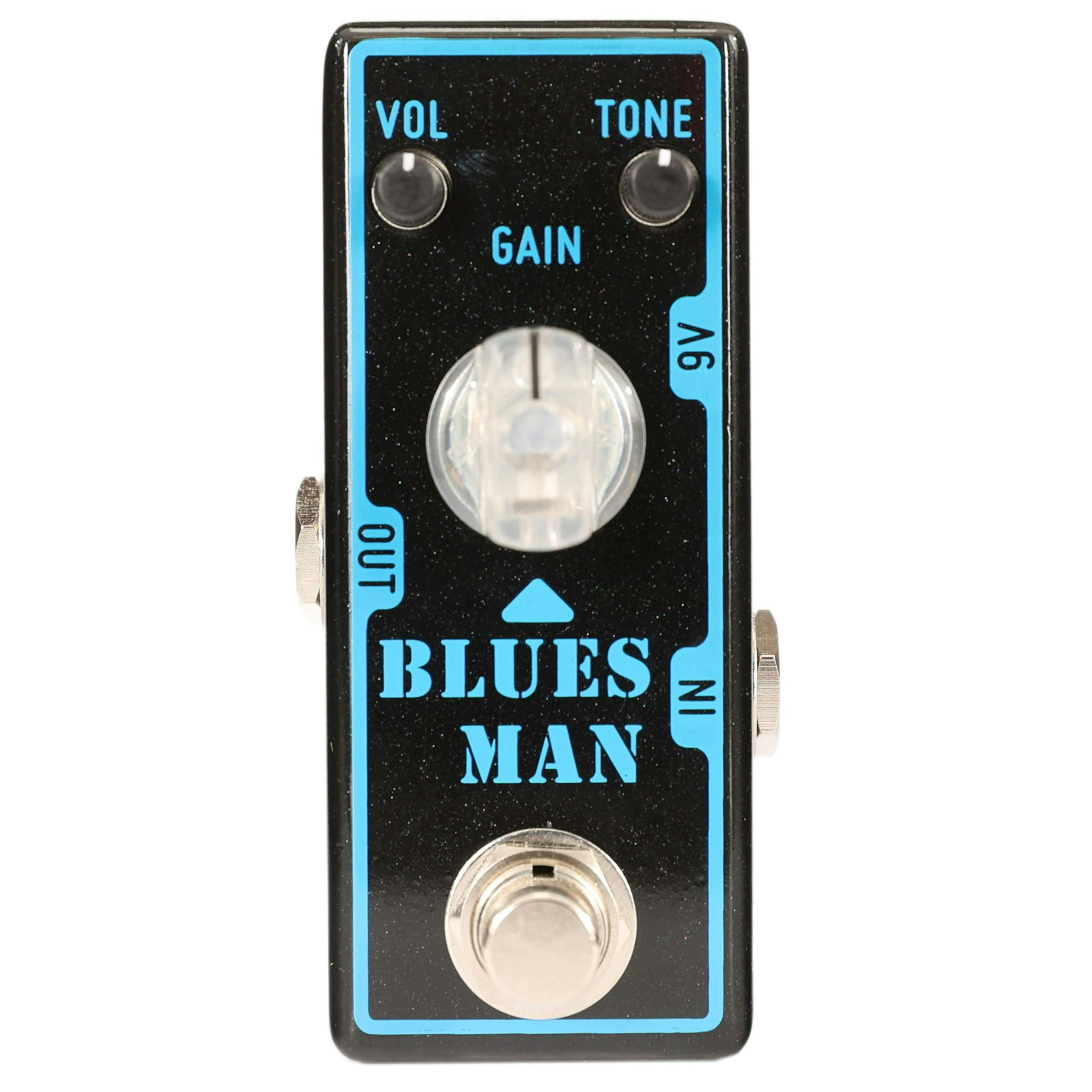
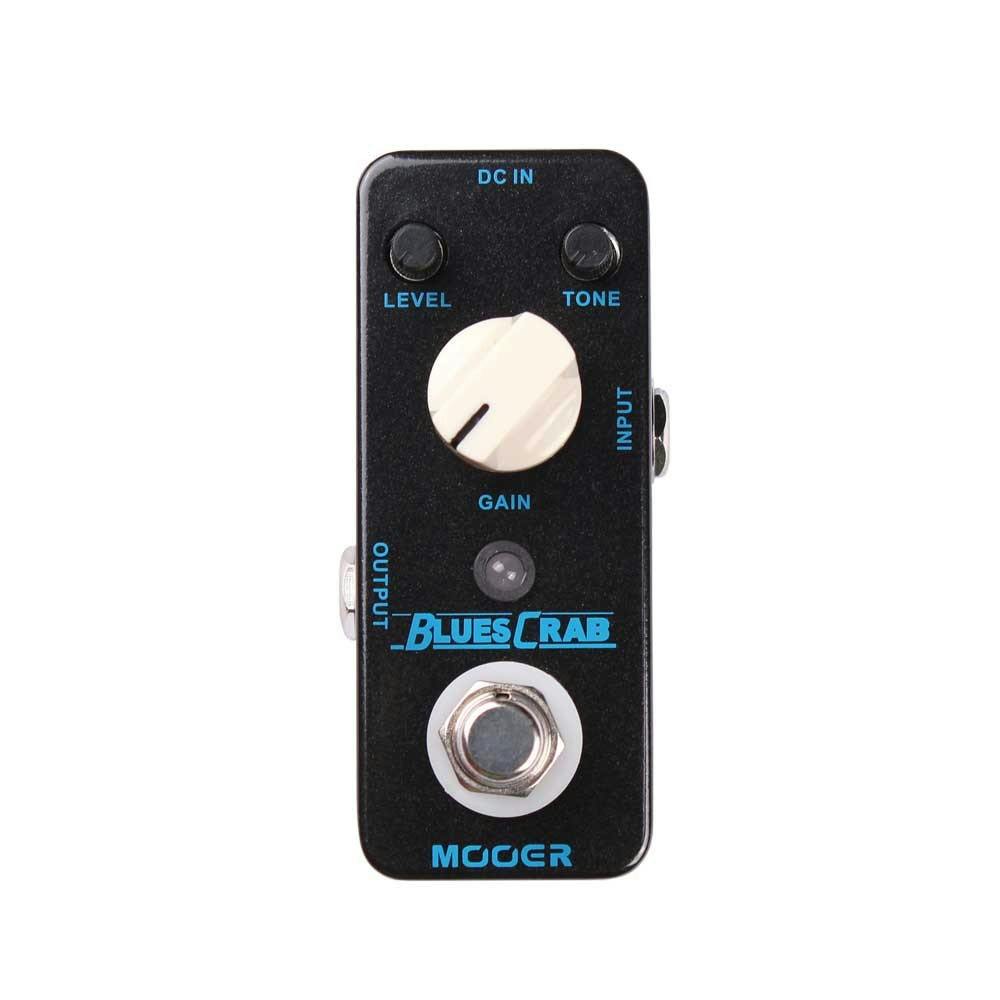









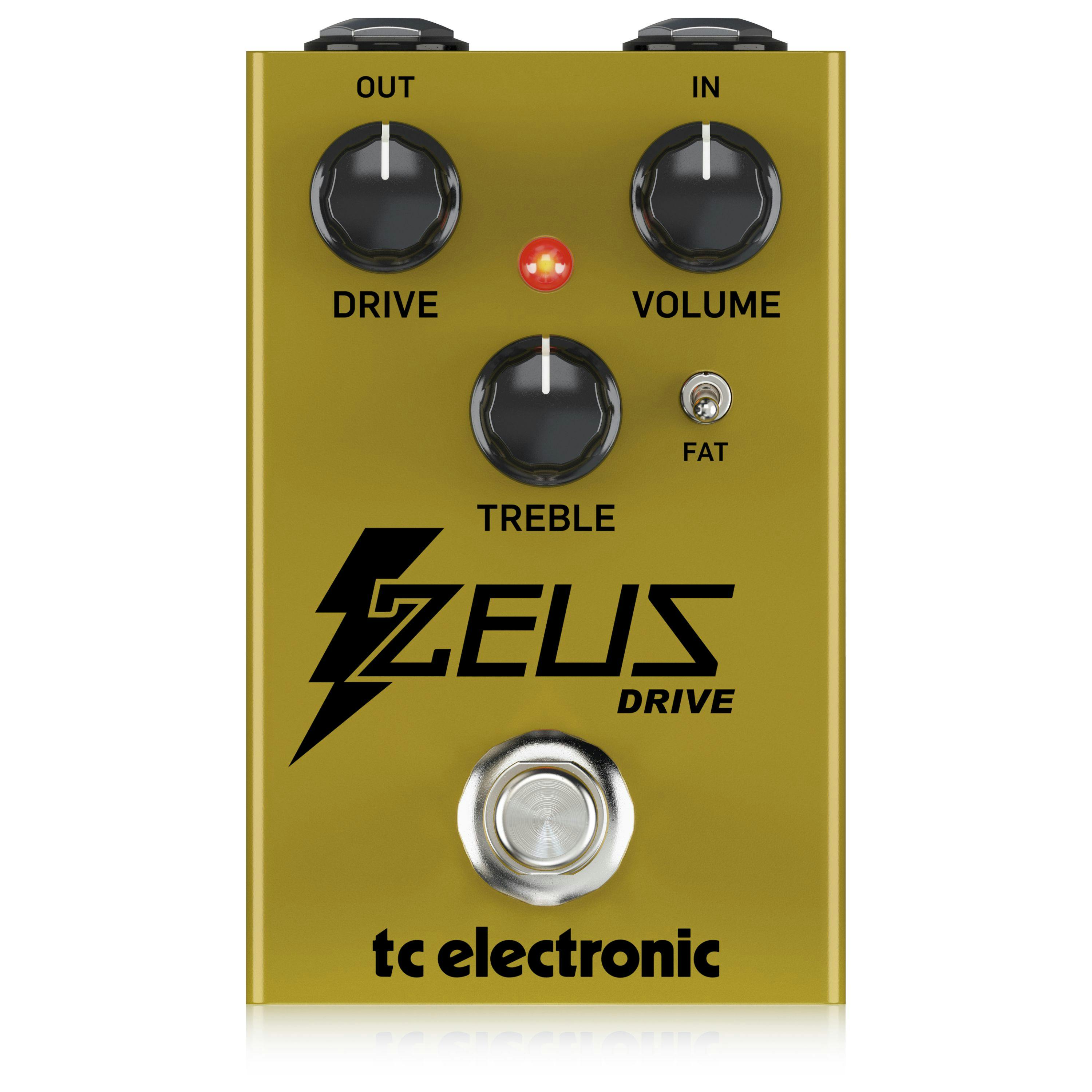


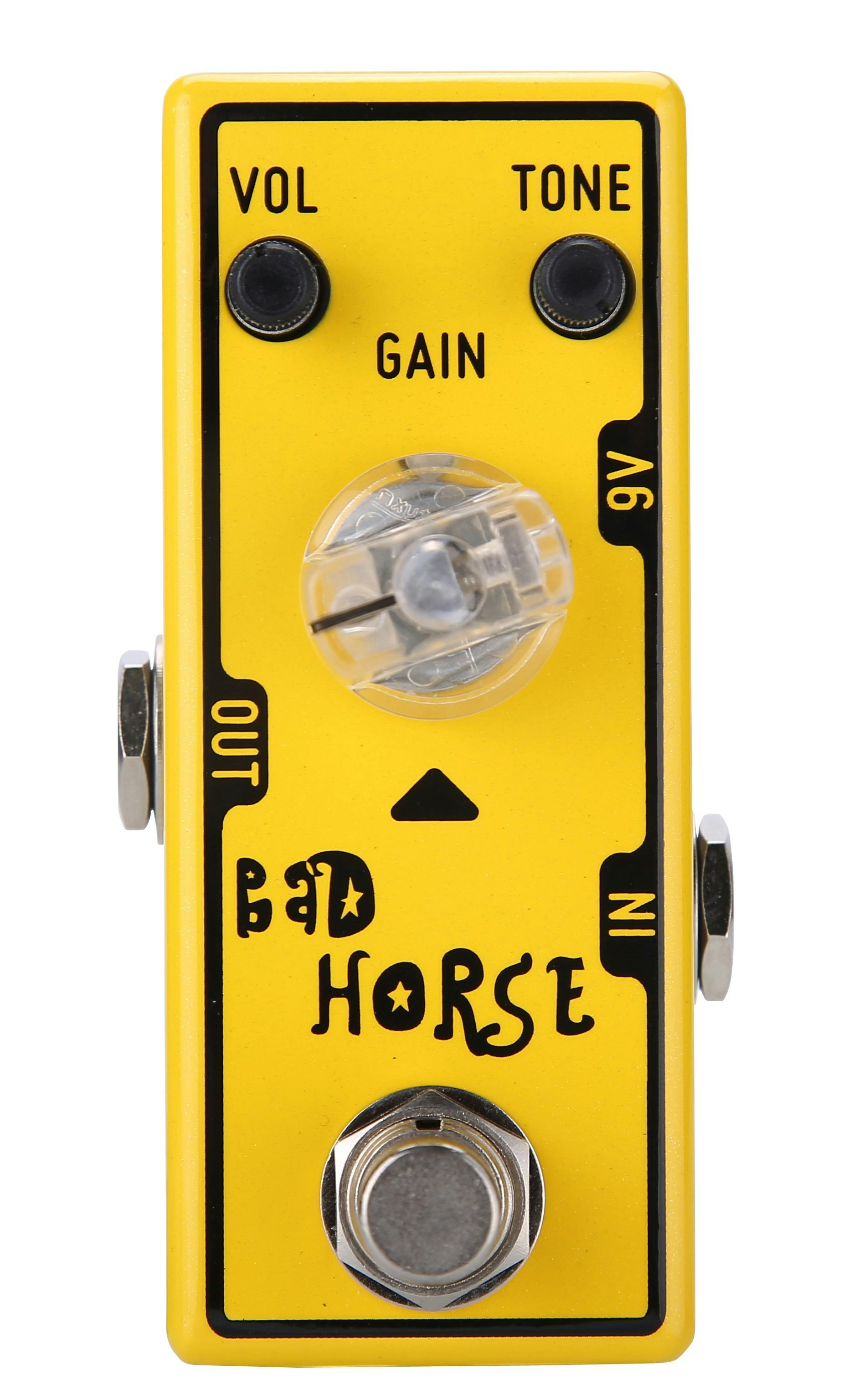



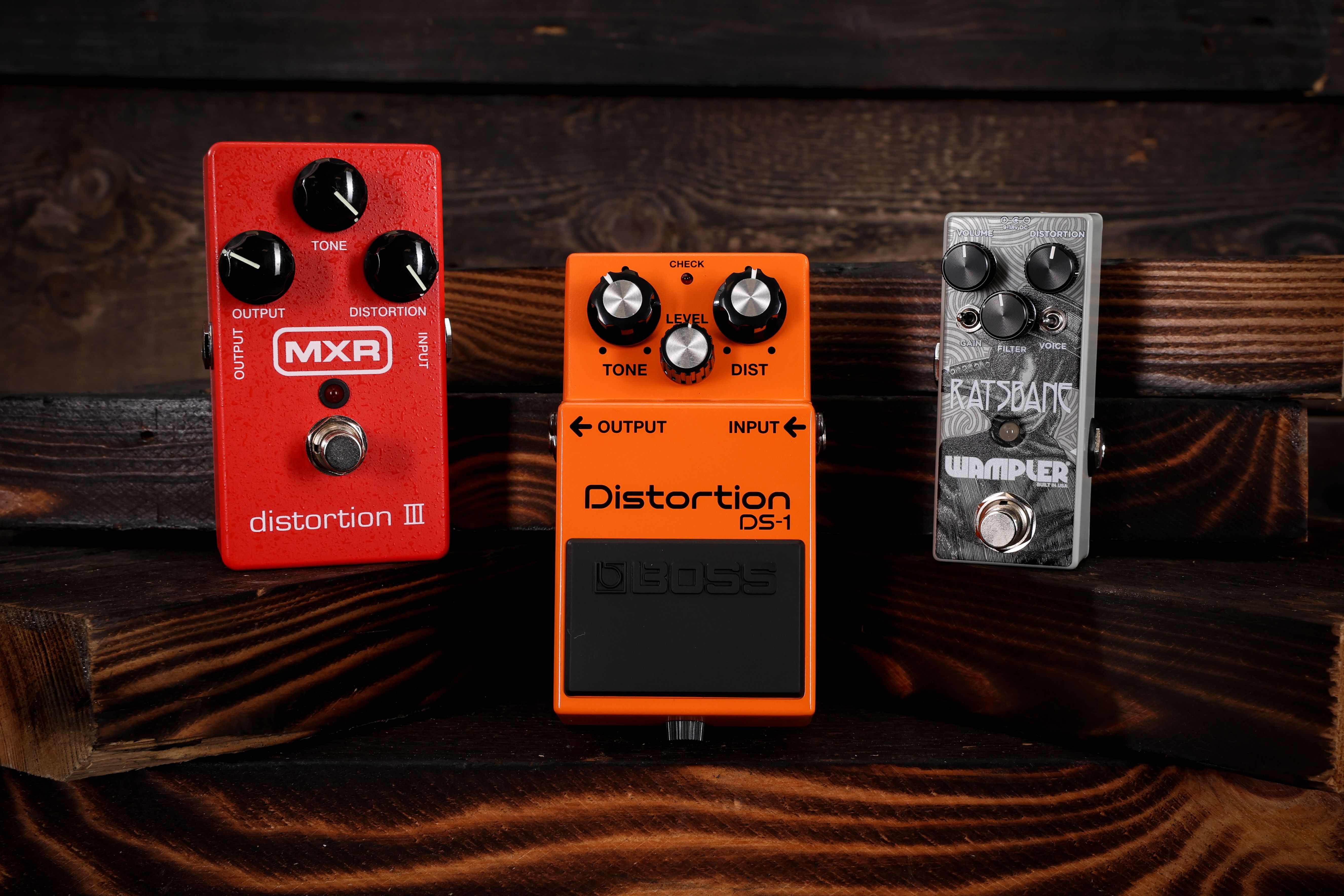

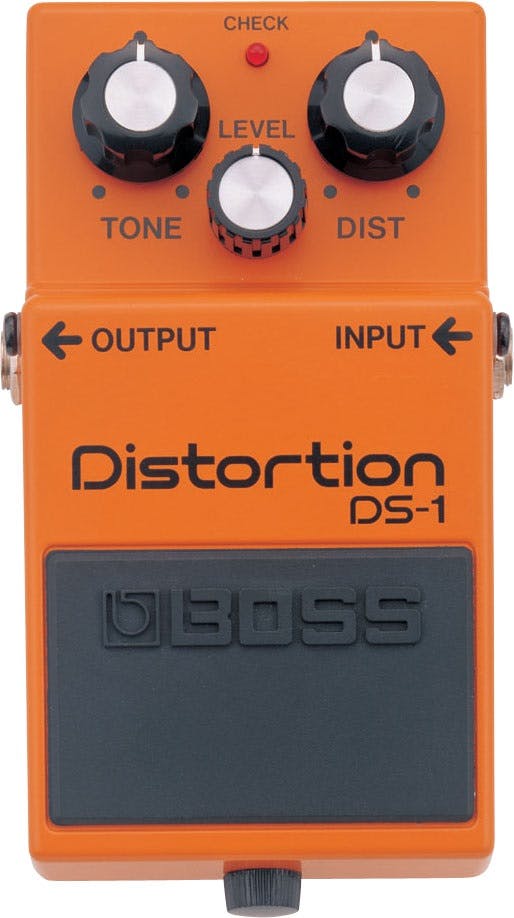
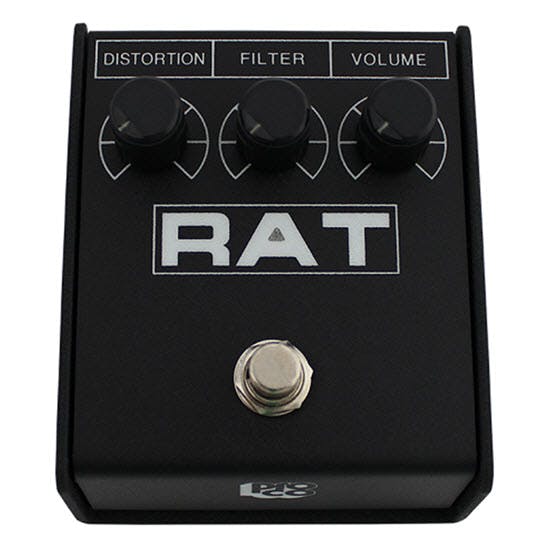


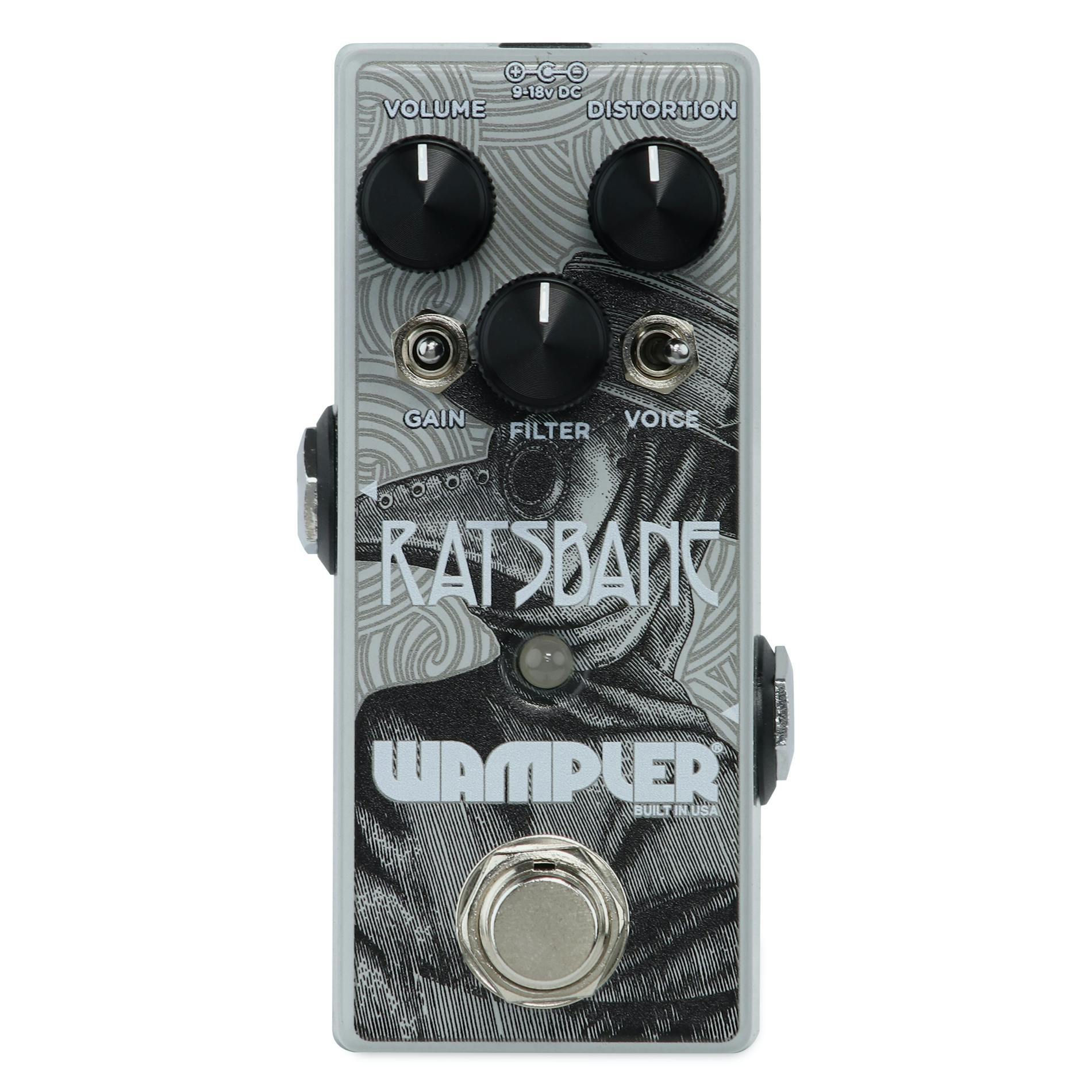
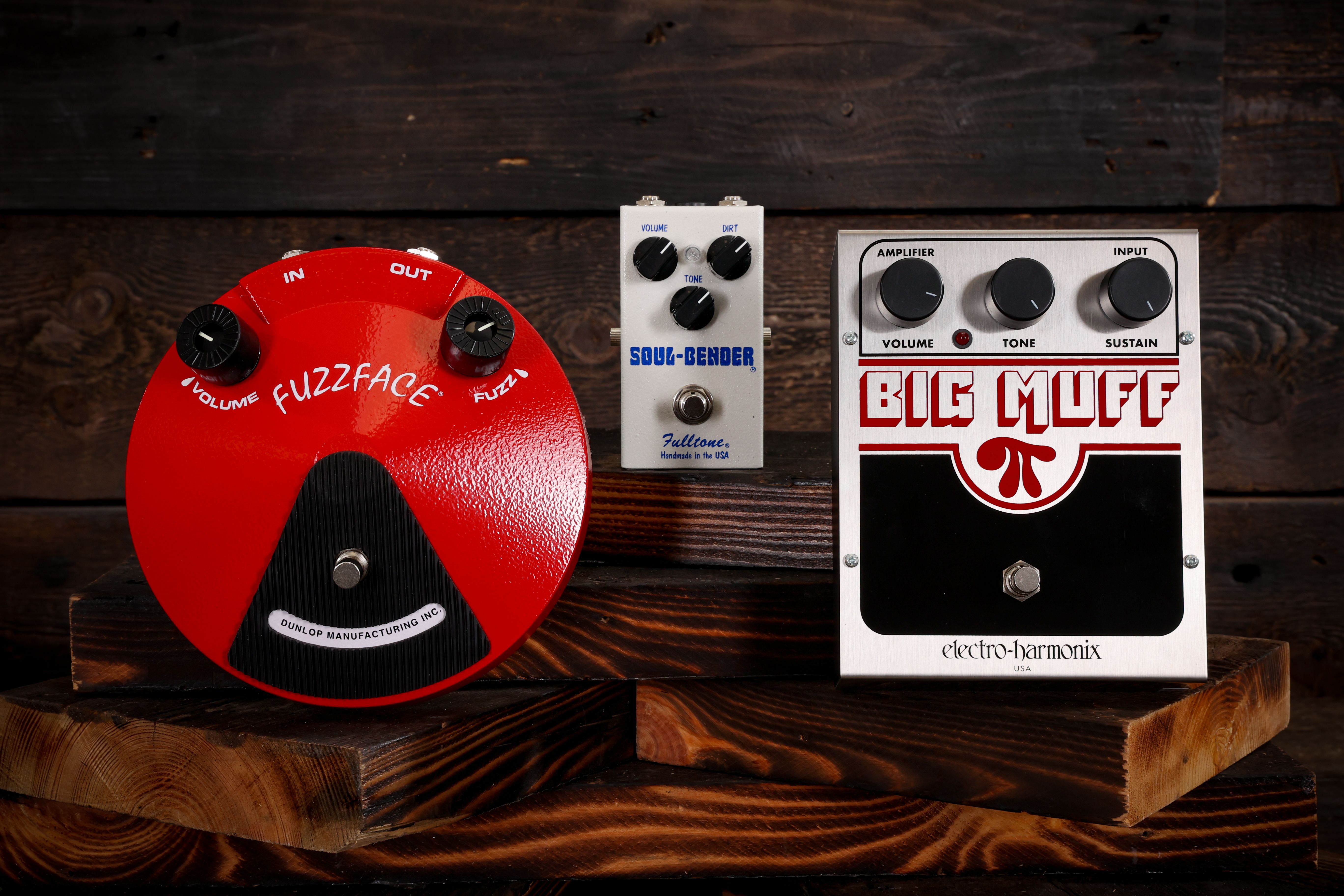
.JPG?w=400&h=400&&fit=fill&bg=FFFFFF)















Responses & Questions
2 responses to “Boost, Overdrive, Distortion & Fuzz: A Beginner’s Guide to Gain Pedals”
[…] Boost, Overdrive, Distortion and Fuzz: A Beginner’s Guide to Gain Pedals […]
[…] Boost, Overdrive, Distortion and Fuzz: A Beginner’s Guide to Gain Pedals […]